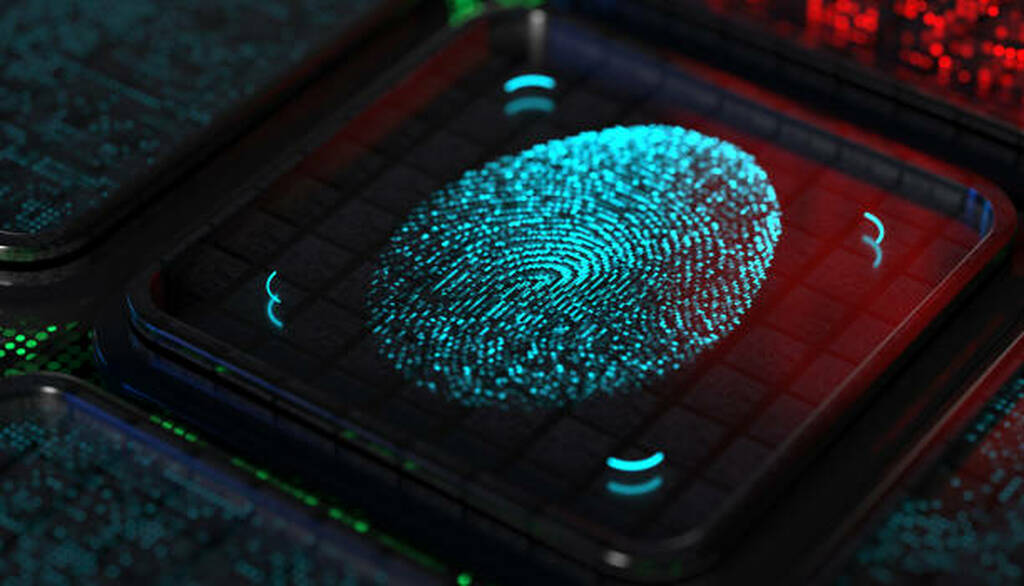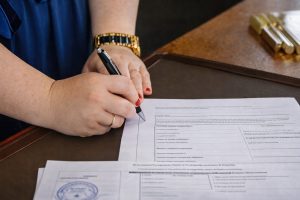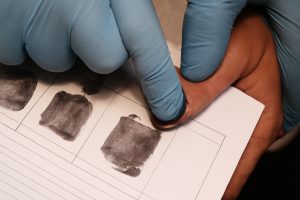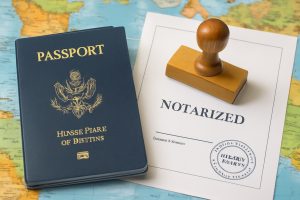Getting your fingerprints rejected is frustrating, especially when you need them for a job or a license in Florida. You went to the appointment, submitted your prints, and now, FDLE or the FBI says they can’t read them. The rejection notice tells you to try again, but you’re wondering what went wrong. Most fingerprint problems come down to preparation and finding a provider who knows what they’re doing.
That’s why working with a professional fingerprinting service ensures your prints meet FDLE and FBI quality standards from the start.
Why Fingerprints Get Rejected
FDLE and the FBI need clear ridge patterns to process your prints. When the image comes through blurry, smudged, or incomplete, they mark it as unreadable and send it back. This happens more than people think.
Your skin condition affects how well prints capture. Nurses and teachers who wash their hands constantly develop smooth fingertips that don’t scan well. Construction workers have worn ridges from rough surfaces. Musicians who play guitar or piano sometimes face the same problem. Older adults naturally have smoother skin, which makes capturing ridge details harder.
The professional and equipment matter too. If someone rushes through your appointment or the scanner needs calibration, even normal fingerprints can come out unclear. Poor technique causes as many rejections as skin issues.
Get Fingerprinting Services for Your Security Needs
Common Causes of Rejections
Jobs and activities that affect print quality:
- Healthcare workers using hand sanitizer frequently
- Construction and manual labor
- Rock climbing or weight lifting
- Playing piano, guitar, or string instruments
- Heavy typing or paper handling
- Exposure to cleaning chemicals or pool chlorine
Skin conditions that cause problems:
- Very dry or cracked fingertips
- Sweaty or oily hands
- Eczema or dermatitis
- Scars or cuts on fingers
- Naturally smooth skin from aging
Preparing Your Hands
Start getting ready about five days before your appointment. Your fingertips need to be in good shape to capture clear prints.
If you have dry skin, use hand lotion three times daily for a week before fingerprinting. Pick products with shea butter, olive oil, or oatmeal. The night before, apply thick moisturizer and sleep with cotton gloves on. This helps your skin absorb the moisture. Don’t use any lotion on the day of your appointment.
For sweaty hands, wash and dry them completely before you go. Bring a small towel to wipe your fingers between scans. Try cooling your hands with cold water right before the appointment. Some people hold a cold pack briefly to reduce moisture. Just make sure your hands are dry when scanning starts.
Stop activities that wear down your fingerprints a few days before your appointment. Skip rock climbing, heavy weightlifting, or extensive gardening. Let your skin recover so the ridges show up better.
What Happens After a Rejection
When FDLE rejects your prints, they tell the agency that requested your background check. You usually get a notice within a few days. Florida gives you 90 days to resubmit, and FDLE covers one free attempt if quality was the problem.
The FBI uses different standards than the FDLE. Your prints might pass the state check, but still get rejected federally. Understanding the differences between state and federal background checks helps you prepare better for what each agency requires. If you need both levels of clearance, both agencies must approve them. After a second FBI rejection, you typically switch to a name-based background check.
Live Scan vs Ink Fingerprinting
Florida mostly uses Live Scan fingerprinting, which captures prints electronically and sends them to the FDLE right away. The technician sees each print on screen and can immediately retake any that look unclear. This catches problems before you leave instead of finding out days later.
Electronic scanning produces clearer images than ink. The digital submission also speeds up processing because nothing needs to be mailed. Most background checks come back within days rather than weeks. Knowing the key difference between Live Scan and ink fingerprinting can help you understand which option works best for your situation.
Some agencies outside Florida still require ink prints on paper cards. If that’s your case, make sure the technician uses good ink and applies it evenly. Too much creates dark smudges. Too few leaves have prints too faint to process.
Recent Fingerprint Research
Columbia University researchers published a 2024 study that found something interesting about fingerprints. They used AI to analyze 60,000 fingerprints and discovered that different fingers from the same person share more patterns than previously thought. Their system matched different fingers to the same person with 77% accuracy, which challenges old assumptions about fingerprint uniqueness.
This research matters because scanning technology keeps improving. Modern systems handle imperfect prints better than older equipment. As AI develops further, rejection rates should decrease.
Choosing Your Provider
Pick a fingerprinting service with FDLE approval and experienced staff. Ask about their rejection rate before booking. Good providers stay under 1% because they check quality during your appointment and fix problems immediately.
Mobile notary services sometimes offer fingerprinting and come to your home or office. This works well if you have schedule constraints or transportation issues. You often get more individual attention than at busy chain locations.
Find someone who takes time with each client rather than rushing through appointments. The technician should review every print on screen and redo anything that looks questionable. This quality control prevents rejection notices.
Many notary services in Florida now offer convenient mobile appointments, so you can complete your background check from your home or office with professional assistance.
Get Fingerprinting Services for Your Security Needs
Handling Multiple Rejections
If you get rejected twice, try a different provider. Better equipment or a more experienced technician often solves the issue. Small local services usually give more attention than large chains.
Follow the hand preparation steps carefully this time. Use lotion for a full week if you have dry skin. Practice cooling your hands if sweating is your problem. These preparations work.
Contact the requesting agency after several rejections. They might accept a name-based background check instead, particularly if you have a medical condition affecting your prints. Requirements vary, so ask about options.
Florida Requirements
Florida requires fingerprints for healthcare jobs, teaching positions, childcare work, security roles, and various licensed professions. The state also needs them for notary applications and some volunteer positions.
You need an ORI number for FDLE submissions. This identifies which agency or employer requested your check. Bring it to your appointment because prints can’t be submitted without it.
Level 1 checks search only Florida records. Level 2 includes both state and FBI databases. Know which level you need because costs and processing times differ. Results can take a few days to several weeks.
Final Tips
Wash your hands with soap before your appointment and dry them completely. Bring a towel if your hands sweat easily. Relax during scanning because tense muscles make proper finger rolling harder. Let the technician do the work.
Tell them upfront if you’ve had rejection problems before. They’ll use special techniques for difficult prints. Bring your rejection notice if you’re getting reprinted, so they know what went wrong.
Most providers offer free reprints if they did your original scan and it got rejected. Ask about this policy when booking.
If you want help avoiding rejections and ensuring your prints meet FDLE standards, schedule your appointment with a certified notary or mobile fingerprinting provider near you.














